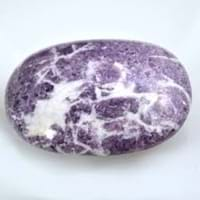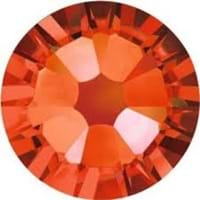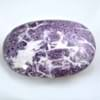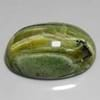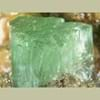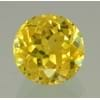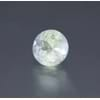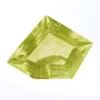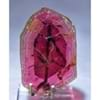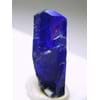Lepidolite Vs Hyacinth
Origin
Afghanistan, Southern and central Africa, California
Sri Lanka
Color
Violet, Colorless, gray, White
Yellow
Streak
White
Not Available
For which Rashi?
Libra
Not Available
Planet
Jupiter, Neptune
Not Available
Element of Planets
Water
Not Available
Finger
Not Available
Not Available
Ring Metal
Not Available
Not Available
Energy
Receptive
Not Available
Deities
Zeus
Not Available
Not to wear with
Not Available
Not Available
Powers
Protection
Not Available
Planetary
Not Available
Not Available
Talisman
Not Available
Not Available
Tenacity
Not Available
Not Available
Solubility
Not Available
Not Available
Durability
Not Available
Not Available
Specific Gravity
2.80-2.90
3.93-4.73
Fracture
Uneven, UnevenArthur Thomas, Gemstones (2009)
ConchoidalArthur Thomas, Gemstones (2009), ConchoidalArthur Thomas, Gemstones (2009)
Cleavage
{001} perfect
Not Available
Mohs Hardness
2.5
6.5-7.5
Chemical Composition
Mg 3Si 4O 10(OH) 2Ulrich Henn and Claudio C.
ZrSiO 4Michael OâDonoghue , Gems, Sixth Edition (2006)
Luster
Vitreous, Pearly
Not Available
Pleochroism
X = almost colorless; Y = Z = pink
Not Available
Transparency
Transparent
Transparent
Refractive Index
1.525-1.587
1.810-2.024
Optic Character
Not Available
Not Available
Crystal System
Triclinic
Not Available
Birefringence
0.0290-0.0380
Not Available
Clarity
Transparent
Transparent
Neurological
Not Available
Not Available
Cardiovascular
Not Available
Not Available
Respiratory
Not Available
Not Available
Reproductive
Not Available
Not Available
Digestive
Not Available
Not Available
Psychology
Not Available
Not Available
Healing
Not Available
Not Available
Qualities Associated
Not Available
Not Available
Lepidolite Vs Hyacinth Fracture
Fracture is an important parameter when you compare Lepidolite and Hyacinth Physical Properties. It is necessary to understand the significance of these properties, before you compare Lepidolite Vs Hyacinth fracture. Whenever a gemstone chip breaks, it leaves a characteristic line along its breakage. Such lines are known as fracture and are used to identify the gemstones in their initial stages of production when they are in the form of rough minerals. Fracture is usually described with the terms “fibrous” and “splintery” to denote a fracture that usually leaves elongated and sharp edges. Fracture observed in Lepidolite is Gemstones (2009), Uneven and UnevenArthur Thomas. Hyacinth fracture is ConchoidalArthur Thomas, ConchoidalArthur Thomas, Gemstones (2009) and Gemstones (2009).
Lepidolite Vs Hyacinth Luster
A primary knowledge about Lepidolite vs Hyacinth luster is useful in apparent identifications of these gemstones. Luster is the measure of light that gets reflected when incident on a finished cut gemstone. There are two major types of lusters: Silky and Adamantine. Since luster varies between two crystals of even the same gemstone, luster is limited to basic identification criteria. Lepidolite exhibits Pearly and Vitreous luster.
